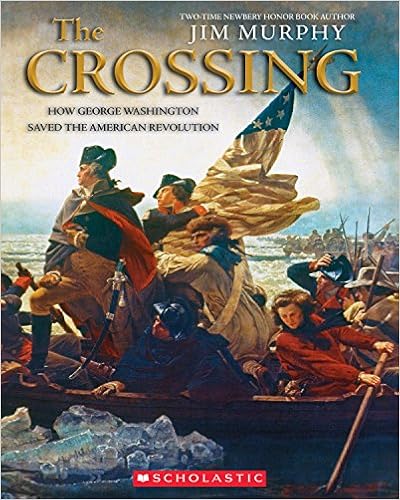 |
| Image courtesy of Scholastic Press |
Bibliography
Kerley, Barbara, and Ed Fotheringham. The
Extraordinary Mark Twain (according to Susy). New York: Scholastic, 2010.
Print. ISBN 978-0545125086
Plot Summary
Susy Clemens, the oldest daughter of Samuel Clemens (a.k.a. Mark
Twain), writes this insider’s view of Samuel Clemens’ life. Through the lens of
his daughter, we are shown a truthful look at Twain’s personality. She
contrasts his public and private selves. A youth-accessible biography, The Extraordinary Mark Twain, renders
the most important influences of Twain’s life. Among learning of his wife’s
role in editing out inappropriate passages of Twain’s text and the children’s story
times from Twain’s daily writings, readers learn many intriguing details that
cast Mark Twain as a dynamic person.
Critical Analysis
Kerley writes of Mark Twain in a simple, yet elegant manner that
people of all ages can appreciate. Excerpts of Susy’s journal are pieced into the
center of each page layout, displaying a historically, charming rendition of
the life and language of the time in the Twain home. Each layout details an
entry of Susy’s journal. Children will be fortunate to have this book to
journey into this lovingly, yet honestly written portrayal of Mark Twain. The
book’s detailed, cartoon-like, color illustrations are brilliantly done with
care to illustrate every tale of his lifestyle. Written with humor, surprise,
emotion, and seriousness, the book is in perfect balance to maintain readers’
curiosity throughout. The bold coloring gives it an attractive flair, while the
fonts, word choice, images, journal pages and scrolling pen work throughout beautifully
allude to an earlier time in history.
Kerley’s use of the original manuscripts of Susy Clemens along
with other primary source letters and biographies authenticates the accuracy of
the quotations and narrative included. With a bit of intrigue built in the
story, readers can also take in the author’s touching note about Twain and his
daughter at the end. And if you happen to be a Mark Twain fan, it is imperative
that you take in the end note. Just make sure you have tissue on hand! Kerley
also provides how to instructions for kids wanting to write biographies of
their own as well as source notes and a time line with a photograph of the
family. You can tell through all the quality details of this book that Kerley
and Fotheringham put their hearts into this artful biography.
Review Excerpts and Awards
2010 CYBILS Nonfiction Picture Book Award
Eureka! Nonfiction Children’s Books Gold Award,
California Reading Association
Winner of the Oregon Spirit Book Award for Nonfiction
-- OCTE
Orbis Pictus Recommended Book
Notable Social Studies Trade Book for Young People
Notable Children’s Book in the English Language Arts
From School Library Journal: “Kerley
and Fotheringham again craft a masterfully perceptive and largely visual
biography, this time about the iconic 19th-century American writer.”
From Kirkus Reviews: “Edwin Fotheringham’s digital,
old-fashioned–looking illustrations whimsically depict life in Twain’s
household, from a cross-section of the family’s sprawling house to their
menagerie of cats.”
From Publishers Weekly: “Kerley contextualizes the
teenager’s admiring musings with vivid familial backdrops.”
Connections
Read all or portions of this book, emphasizing the way Twain read
bits of his stories to his children in the evenings. Also, read aloud The Adventures of Huckleberry Finn (ISBN
978-0486403496).
Additionally read Moses: When Harriet
Tubman Led her People to Freedom (ISBN 978-0786851751) and Henry’s Freedom Box: a True Story from the
Underground Railroad (ISBN 978-0439777339).
Use as a resource for an author study.
Use the author’s guide to writing a bibliography. There is a
printable version available at www. Barbarakerley.com/teachers.html.
Encourage children to journal as Susy did her family life.
The
Adventures of Huckleberry Finn was controversial at the time it was
published and banned in many places. Have children study the political events
of the time period to learn why. Students may create a newspaper featuring
period news and a review of the book.


